About ARMD
The Role of the Retina
Light enters the eye through the cornea and travels through the pupil. The lens inside the eye focuses the light on the retina at the back of the eye. The retina is full of photoreceptors – cells that pick up light – called rods and cones. Each photoreceptor has its own nerve fibre, all of which come together as the optic nerve. Images are converted into electrical signals and transmitted to the brain. These are what create images.
Rods are found mostly at either end of the retina and are responsible for night and peripheral (side) vision. Cones are responsible for seeing colour and detail and for central vision. Cones are mostly contained in a small, central, area of the retina called the macula. The macula is only about 5mm in size but it has millions of these light-detecting cells.
The retina also has a network of blood vessels which nourish the photoreceptors.
Age-Related Macular Degeneration
In age-related macular degeneration (ARMD), the macula becomes damaged and can no longer function properly. Without treatment, vision is affected. Activities like reading or watching TV become difficult as colour and detail are lost. Over time, central vision becomes blurred and eventually is lost altogether.
There are two types of ARMD – Dry ARMD and Wet ARMD.
In both types, peripheral vision is unaffected, meaning you would not go completely blind. However, the loss of central vision can be very distressing and interfere with many day-to-day activities.
Your risk of developing ARMD is higher if you:
• are over 50
• eat a lot of saturated fat
• are overweight
• smoke
• have high blood pressure
• have a family history of ARMD
Heart disease and high cholesterol can also contribute to the disease.
“The clinic where we care about you as well as for you.”
We Have What You Need
Expertise
Highly experienced consultant ophthalmologist specialising in medical retina.
PERSONAL CARE
The same doctor every time for continuity of care and a good patient doctor relationship.
CLOSE MONITORING
Monthly reviews and regular OCT scanning for early identification of disease progression.
THE LATEST TREATMENTS
Access to new treatments currently in development as soon as they are available.
